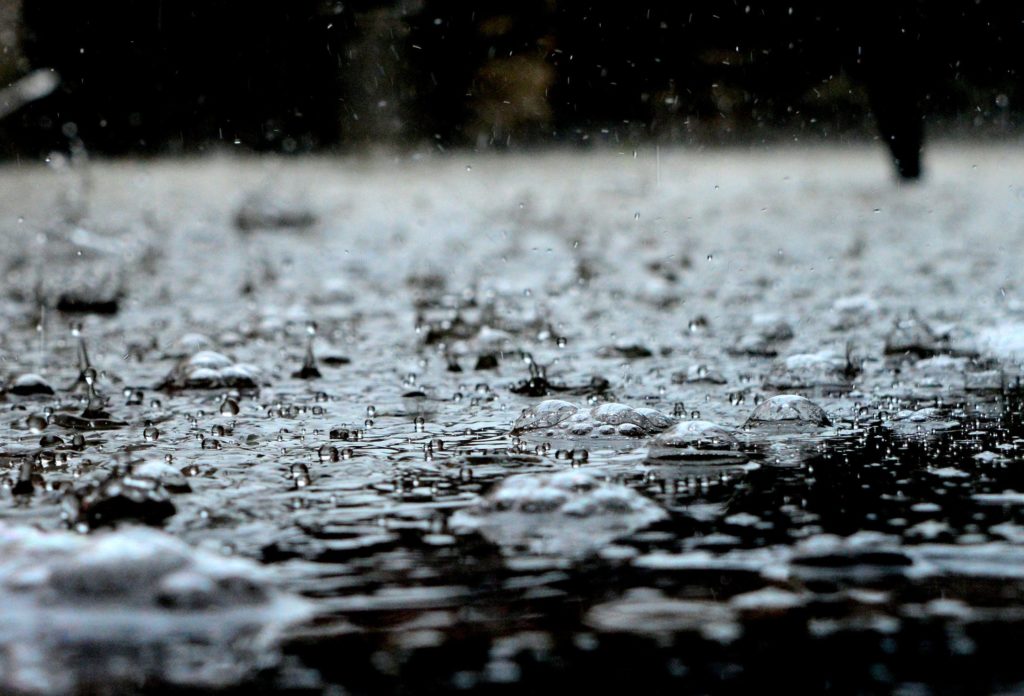Why can we smell rain?
by Scott Dutfield · 05/09/2019

Find out why precipitation creates a distinctive aroma that’s the same all over the world
It’s possible to smell rain before it has even fallen. Lightning has the power to split atmospheric nitrogen and oxygen molecules into individual atoms. These atoms then react to form nitric oxide, which in turn can interact with other chemicals to form ozone – the aroma of which is a bit like chlorine and a specific smell we’ve grown to associate with rain. When the scent carries on the wind, we can predict the rain before it falls.
Another smell associated with rain is petrichor – a term coined by a couple of Australian scientists in the mid-Sixties. After a dry spell of weather, the first rain that falls brings with it a very particular aroma that is the same no matter where you are. Two chemicals are responsible for the production of this indescribable odour called petrichor. One of the two chemicals is released by a specific bacteria found in the earth; the other is an oil secreted by thirsty plants. These compounds combine on the ground and, when it rains, the smell of petrichor will fill your nostrils.
This article was originally published in How It Works issue 51, written by Helen Porter
For more science and technology articles, pick up the latest copy of How It Works from all good retailers or from our website now. If you have a tablet or smartphone, you can also download the digital version onto your iOS or Android device. To make sure you never miss an issue of How It Works magazine, subscribe today!





